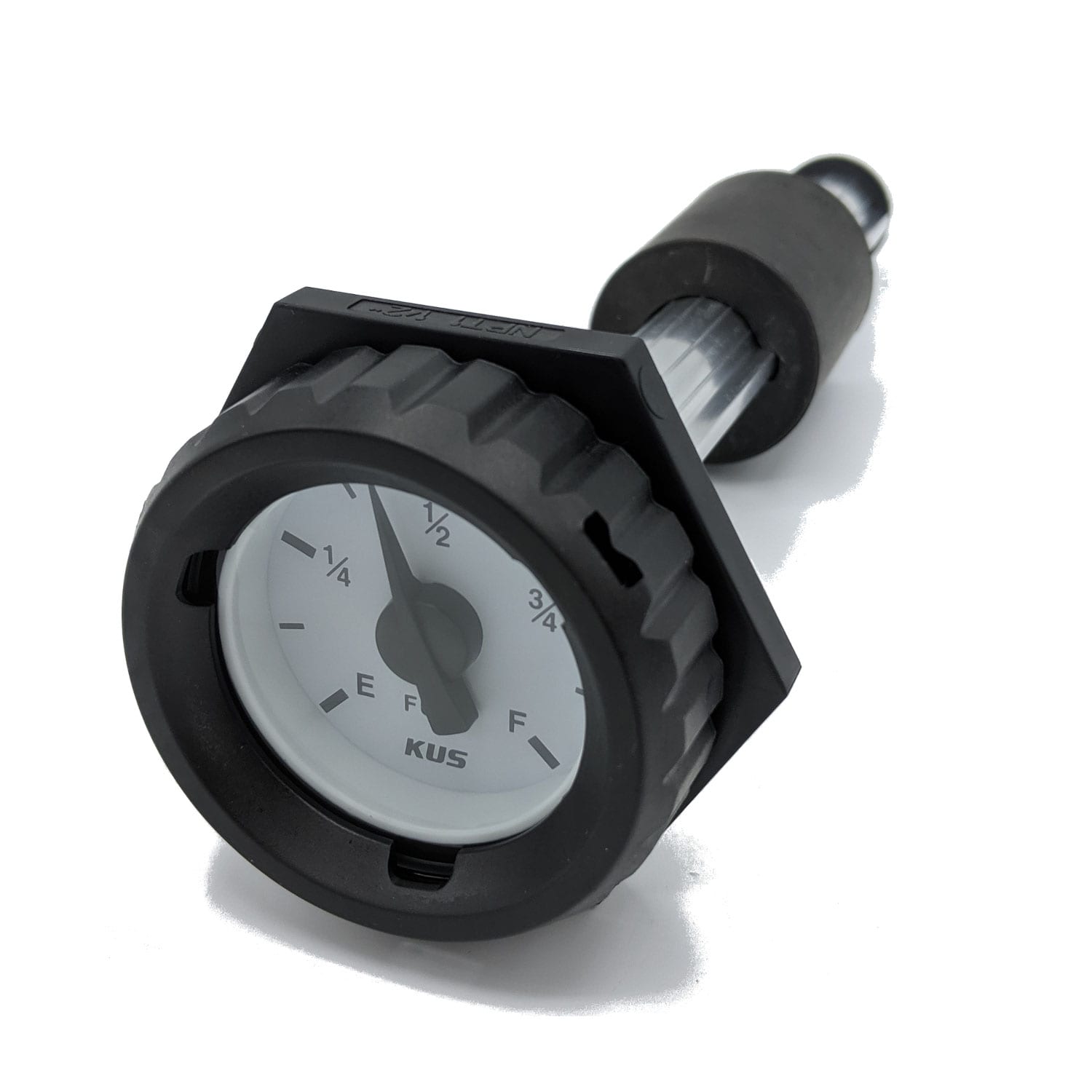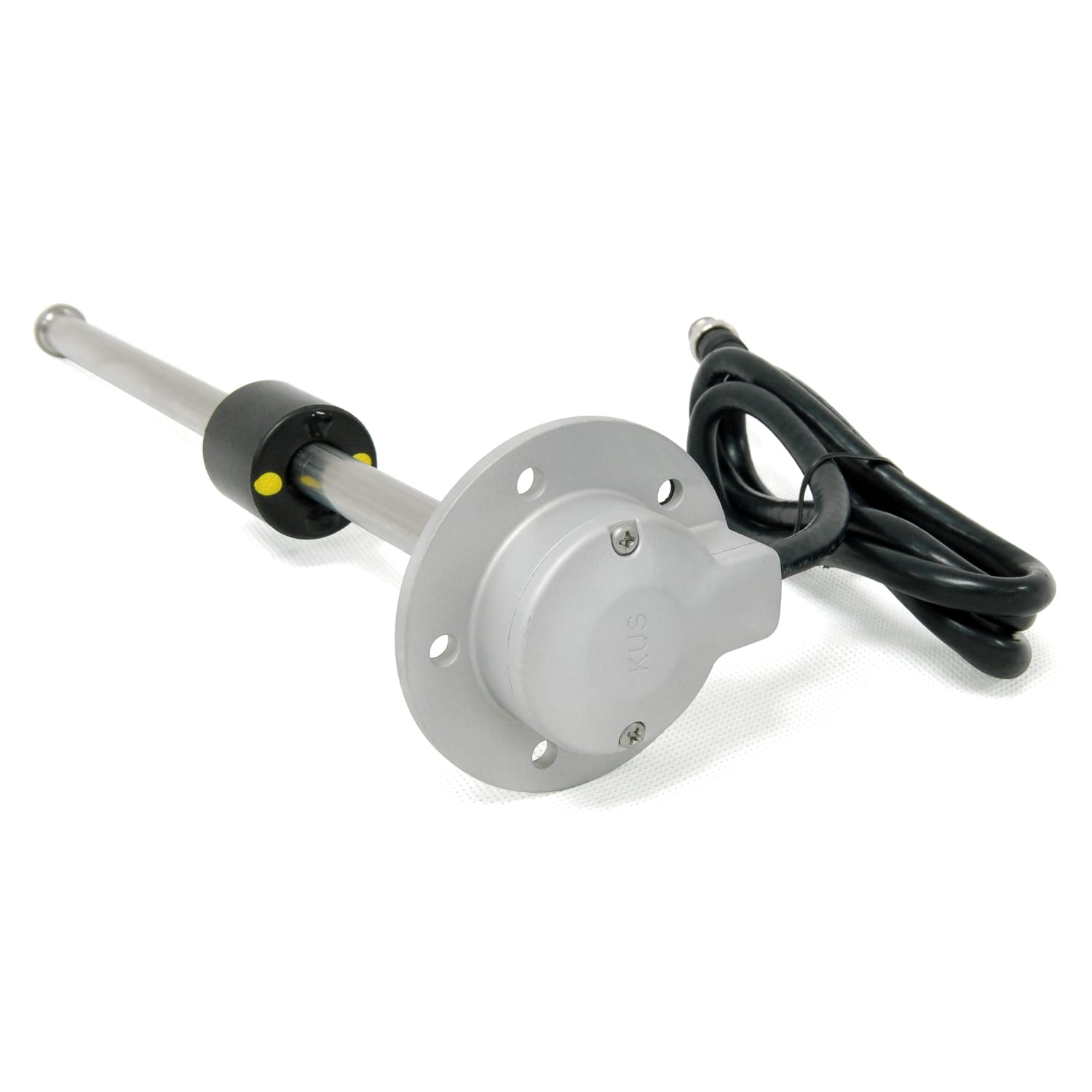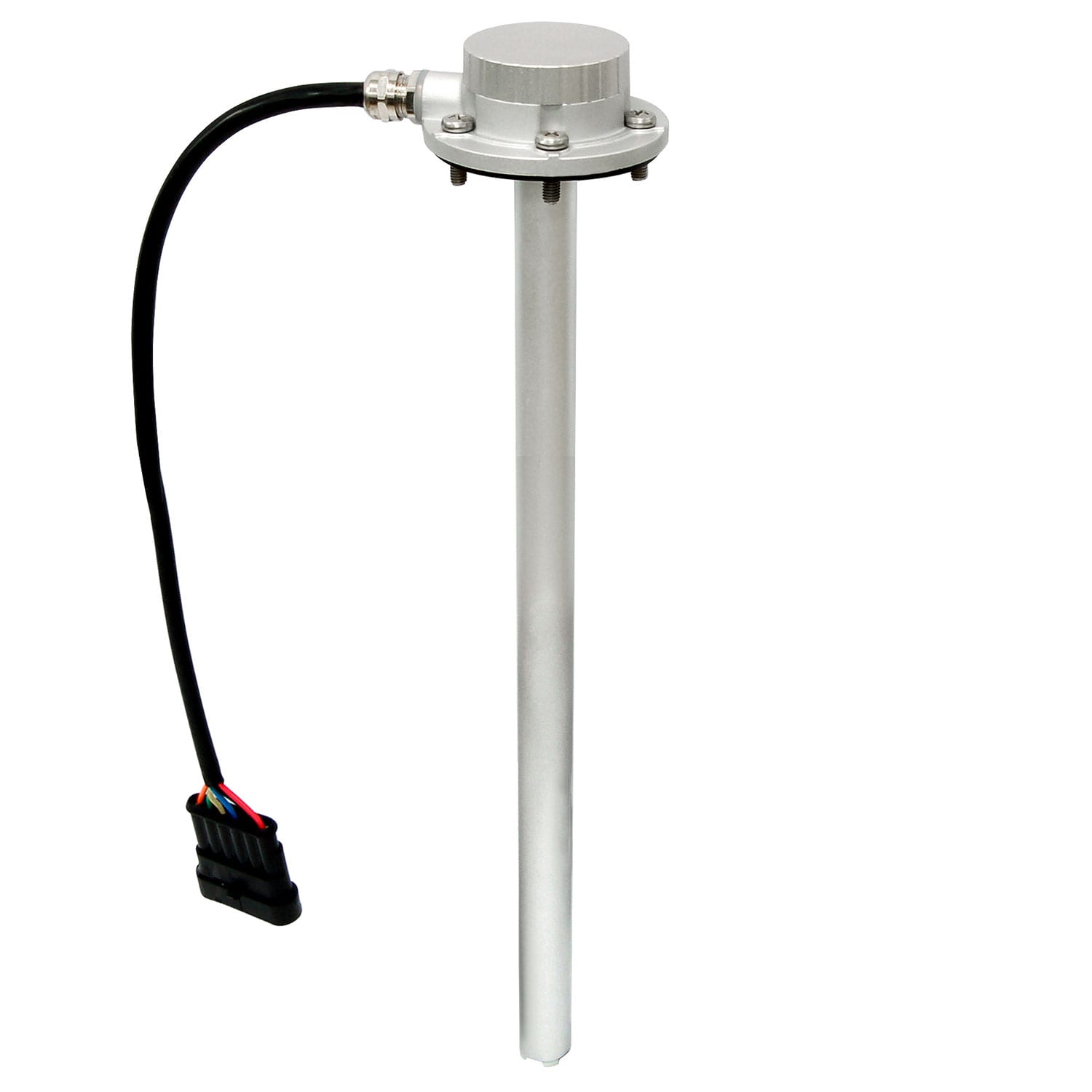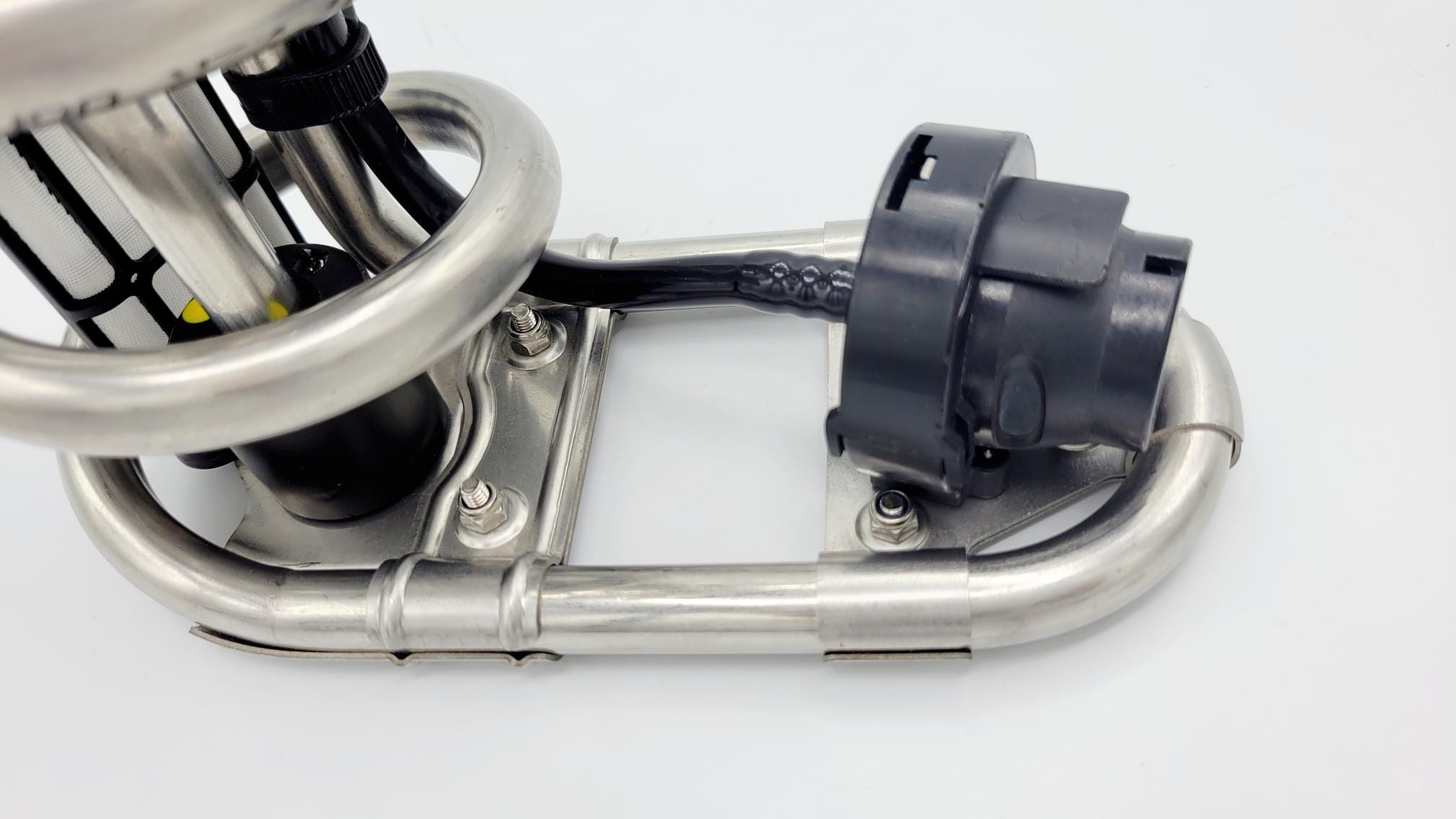Level senders are found on virtually any gas-powered vehicle or machinery. The importance of this crucial component is often taken for granted. However, the type that you specify when manufacturing a vehicle affects the final product and the user’s experience with it. There are many different types of level sensing technologies available on the market.
In addition to vehicles, level senders are also found on generators and storage tanks, however, they have some differences. The same level sensing technology that works for a truck, for example, may not be the best choice for a generator. Your choice will depend on the type of machinery, operating conditions, fuel consumption, and other factors. These are the basic types of level sensing technologies.
Resistance

Resistance level sensing technology is the most common type of level sensing technology used in the U.S., it’s usually found in personal and commercial vehicles. One may also encounter the terms level probe, arm sensor, or float sensor.
How It Works
Resistance level sensing technology relies on an arm with a float, which is connected to a circuit gauge. The float sits on top of the liquid and moves up and down with the liquid level. The lower the arm, the less the resistance in the circuit gauge. The relative resistance affects the position of the needle on the gauge, so that the position of the needle changes proportionally to the current flowing in the coil. In other words, the vehicle operator can easily glance at a needle on the dashboard for an accurate reading of the liquid level.
The float can be made of cork, plastic, metal, or foam. Solid floats tend to give more accurate readings than hollow ones. In some cases, the float doubles as an emergency cut-off switch in case a tank is overfilled.
Benefits and Drawbacks
Resistance level sensing technology can be used with an analog or digital gauge. It’s important to match the correct gauge for the resistance of the level sender. Because this type of level sensing technology is so common, it’s easy to find replacement parts, something end users view as an advantage.
The main disadvantage to this type of level sensing technology is the wear and tear due to the sliding contact inside the sensor elements. It uses more parts than some other types — which means there are more parts to break. The sender is more complicated to install, for example if a customer wishes to replace it with an aftermarket model.
Mechanical

You may encounter the term “mechanical” with regard to both level senders and gauges; mechanical level sensing technology may include both. The term may also be used to describe a resistance level sender with a float, since those components are mechanical.
Broadly speaking, mechanical level sensing technology is widely used for direct refilling on fuel and water tanks for generators and utility vehicles. They do not require a power supply, and can measure any type of liquid. However, they are larger than other types of level sensors, so space will not always allow for their use.
Digital

Digital level sensing technologies are typically used in marine, but may also be used in on-road, off-road, generator set, and industrial applications. Digital level sensing technology uses digital outputs such as NMEA 2000 & J1939.
How It Works
The NMEA 2000 network consists of a network of certified devices, backbone with terminal plugs at both ends, drop tees, and drop lines branching from the backbone to each of the network devices.
NMEA 2000 network is a Controller Area Network (CAN) bus technology that is becoming more widely adapted by the marine industry for boats and yachts of all sizes. It is a plug-and-play network with no master nodes to configure, and can support hot swappable devices.
NMEA 2000 devices and J1939 devices can be made to co-exist on the same physical network. NMEA 2000 is a successor to the NMEA 0183 serial data bus standard. It has a significantly higher data rate (250k bits/second vs. 4800 bits/second for NMEA 0183) and uses a compact binary message format as opposed to the ASCII serial communications protocol used by NMEA 0183.
Benefits and Drawbacks
Digital level sensing technology doesn’t come without drawbacks. Digital level sensing technology is always changing and thus the parts that are associated with digital level sensing technologies must change as well. Connectors and other additional parts can be an unforeseen cost associated with having digital sensing technologies. Digital level sensing technologies may also, depending on the application and outputs, suffer from some sort of digital interference.
The benefits extend far beyond the drawbacks of digital level sensing technologies. By creating an interconnected network you significantly reduce the probability of having inaccurate or misleading information being displayed to you. Information is also transmitted much faster in an interconnected digital network than a network that doesn’t utilize the same technology.
Ultrasonic

Ultrasonic level sensing technology has fewer mechanical parts, since it uses sound waves to measure liquid levels. These are often a good choice for off-road and diesel-fueled vehicles.
How It Works
Ultrasonic level sensing technology emits sound waves, which get reflected back to the sensor. It then measures the return time. The return time changes according to how far the sound has to travel to reach the surface of the liquid. It can then produce a reading of the liquid level.
Benefits and Drawbacks
There are a few drawbacks to relying on an ultrasonic level sensing technology. Thick vapor from the liquid or bubbles can interfere with the reading. In addition, the velocity of sound changes due to variations in air temperature, so the reading could be inaccurate — especially in extreme temperatures. There is typically a dead zone near the sensor face where transmitted signal interferes with the reflected signal. The size of the dead zone is larger with higher accuracy. In addition, this type of sensor is typically more expensive.
On the other hand, because it is contactless, this technology is useful for measuring liquid levels in tanks with corrosive and hazardous chemicals. It’s also wear-free, easy to install, and relatively inexpensive.
Capacitance

This type of level sensing technology is useful for on-road or off-road commercial vehicles, generator sets, and industrial applications. It uses a capacitor formed by two electrodes, which are electrically insulated from each other.
How It Works
This technology stores energy in an electric field between two electrodes when a voltage is applied to the circuit. A single probe is immersed inside a tank, making direct contact with the liquid to be measured. This non-conductive liquid (dielectric) between the electrodes increases energy storage capacity and the capacitance increases. The greater the energy flow to the electrodes, the greater the capacitance, meaning more dielectric between the electrodes. Temperature changes can cause fluctuation, but this is offset by calibrations stored in the sensor memory.
Benefits and Drawbacks
Capacitance level sensing technology is sensitive to changes in environmental conditions, which cause the dielectric constant to change frequently. These changes can make it hard to get an accurate baseline.
The upside of this sensitivity is the technology’s extreme precision. It can be connected to a GPS tracking device, has no moving parts, and can measure a variety of liquids. Capacitance sensors are small and durable.
Optical or Infrared

This type of level sensing technology uses an infrared LED coupled with a light transistor, and a transparent prism tip in the front.
How It Works
An optical level sensing technology uses light from an infrared LED which is reflected back and measured. Less is returned to the sensor when the light travels through liquid than air, so it can determine where the liquid level is.
Benefits and Drawbacks
An optical sender is not good for continuous level measurement, since frequencies are affected by objects, smoke, dust, and fog. Certain working conditions might make this type of sender impractical. On the upside, it doesn’t require any contact with the product to be sensed, it’s durable, sophisticated, small, and has no moving parts that can break.
Find the Right Fuel Level Sender for Your Application
All level sensing technologies have to pass an application specific compatibility test, helping ensure that you choose the right one for the right vehicle and conditions. Still, there may be more than one type that works for your application, so it’s a good idea to understand them all and to work with a manufacturer well versed in level sensing technologies.
Explore level sensing technologies on the KUS website or contact us with questions.
